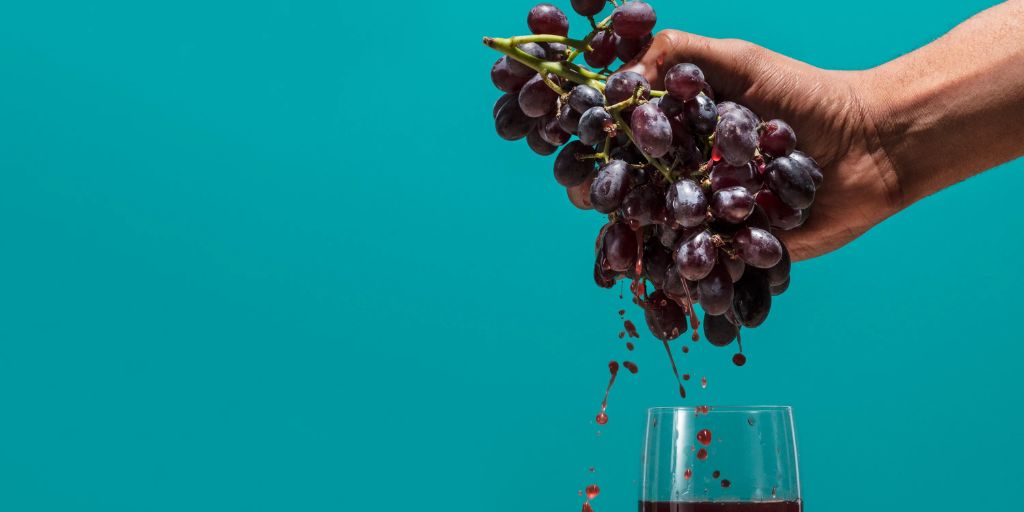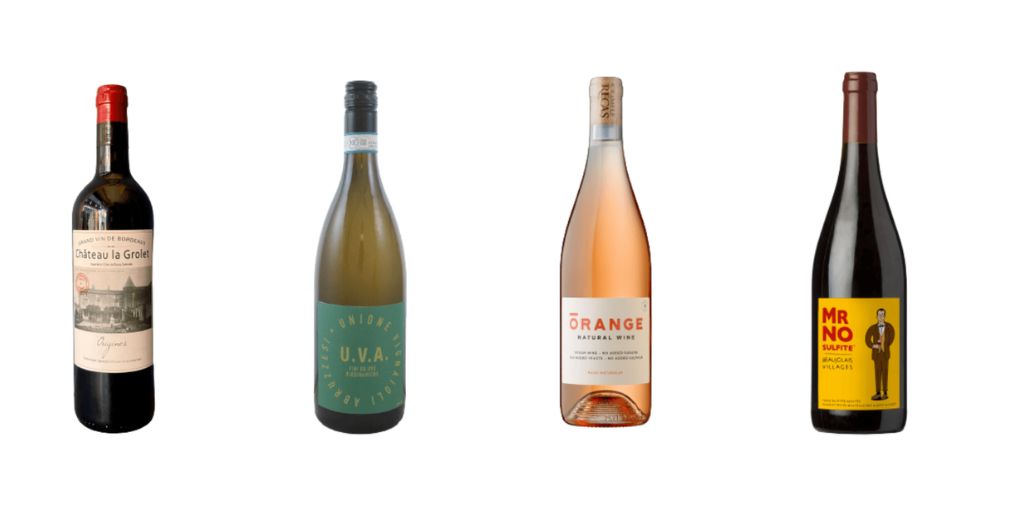In recent years, “natural wine” has become a buzzword on wine lists, in trendy bars, and among curious consumers looking for something different.
But what exactly is natural wine? Is it healthier, tastier, or just a marketing gimmick? To answer these questions, it’s helpful to explore what sets natural wine apart, how it’s made, and what you can expect when you pour a glass.
Here’s everything you need to know about natural wines—whether you’re a seasoned wine enthusiast or a newcomer intrigued by the trend.
What Is Natural Wine?
Unlike organic or biodynamic wine, which have strict certification processes, natural wine doesn’t have a universally agreed-upon definition. Generally, natural wine is made with minimal intervention from grape to bottle. That means:
-
Organic or Biodynamic Grapes: Most natural wines start with grapes grown without synthetic pesticides, herbicides, or fertilizers.
-
Wild Fermentation: Rather than adding commercial yeast, winemakers allow native yeasts from the vineyard and winery to ferment the grapes.
-
No Additives: Natural wine avoids common additives like sulfur (used for preservation), stabilizers, and fining agents.
-
Minimal Filtering: Many natural wines are unfiltered and unfined, which can result in cloudiness or sediment.
In short, natural wine aims to express the purest form of the grape and the terroir it grows in, without technological or chemical manipulation.
A Brief History of Natural Wine
While it might seem like a modern trend, natural wine harks back to ancient winemaking practices. The contemporary movement gained traction in France in the 1970s and 1980s, particularly in the Beaujolais and Loire regions, before spreading worldwide. Today, natural wine has carved out a significant niche, with dedicated wine bars, festivals, and a loyal following.
How Is Natural Wine Different from Organic and Biodynamic Wine?
-
Organic Wine: Focuses on how grapes are grown, using no synthetic chemicals. However, organic wines may still use added yeast, sulfur, and other winemaking interventions.
-
Biodynamic Wine: Builds on organic farming but includes holistic practices inspired by Rudolf Steiner’s philosophy, like planting by lunar cycles. Biodynamic certification ensures both farming and winemaking follow specific rules.
-
Natural Wine: While usually using organic or biodynamic grapes, the emphasis is on minimal intervention during the winemaking process, often with no certification.
What Does Natural Wine Taste Like?
Natural wine is known for its unpredictability and diversity of flavor. Some characteristics to expect:
-
Funky Aromas: Because of wild fermentation and lack of filtering, natural wines can have earthy, yeasty, or “barnyard” notes.
-
Cloudy Appearance: Unfiltered wines often look hazy or have sediment, but this doesn’t affect quality.
-
Lively Acidity: Natural wines can be fresh and vibrant, sometimes with slight effervescence, especially if bottled before fermentation is complete.
-
Fruit-Forward: Many natural wines are juicy and bright, with a less polished, more rustic feel.
Keep in mind that natural wine can vary wildly from bottle to bottle and even within the same bottle over time, due to its living nature.

Why Do People Love Natural Wine?
-
Transparency: Fans appreciate knowing exactly what’s in (and not in) their wine.
-
Terroir Expression: Natural wines aim to showcase the vineyard’s unique environment without masking it with additives.
-
Adventure: With their unpredictable profiles, natural wines offer a sense of discovery and excitement.
-
Sustainability: Many natural winemakers use eco-friendly practices, which appeals to environmentally conscious consumers.
Common Criticisms
While the natural wine movement has passionate advocates, it’s not without controversy:
-
Inconsistency: Minimal intervention can lead to flaws, such as volatility, oxidation, or bacterial issues.
-
Lack of Definition: Without formal standards, the term “natural wine” can be vague or misused.
-
Acquired Taste: Some people find the funk and unpredictability off-putting, especially if they’re used to more polished wines.
How to Serve and Store Natural Wine
-
Chill It: Many natural wines, even reds, benefit from being served slightly cooler than conventional wines.
-
Expect Change: Natural wines can evolve rapidly once opened, so taste them over a few hours—or days—to experience their full range.
-
Store Carefully: Because they often lack preservatives, natural wines are sensitive to temperature changes. Store them in a cool, dark place, and drink them young unless you’re sure they’ll age well.
Where to Find Natural Wines
Natural wine has moved from niche to mainstream in many markets. Look for:
-
Specialty Wine Shops: Many independent stores have dedicated natural wine sections.
-
Natural Wine Bars: Cities worldwide now have bars focusing solely on natural offerings.
-
Online Retailers: Numerous websites specialize in natural wine delivery.
If you’re unsure, ask your local wine merchant for guidance—they’ll often know which bottles fit the natural profile.
Should You Try Natural Wine?
If you’re curious about exploring new flavors and are open to wines that might not fit traditional profiles, natural wine is worth a try. It offers a fresh perspective on what wine can be, celebrating the raw beauty of fermented grapes with minimal human interference.
However, if you prefer highly consistent, polished wines or have specific taste expectations, you might approach natural wine with a bit more caution—start with recommendations from trusted sources.
Final Thoughts
Natural wine invites you to step outside the conventional and embrace a world where nature takes the lead. Whether you’re captivated by its vibrant, unfiltered taste or intrigued by its sustainable ethos, natural wine offers a unique drinking experience that continues to grow in popularity. As with any wine, the best way to learn is to taste, explore, and discover what speaks to your palate.


